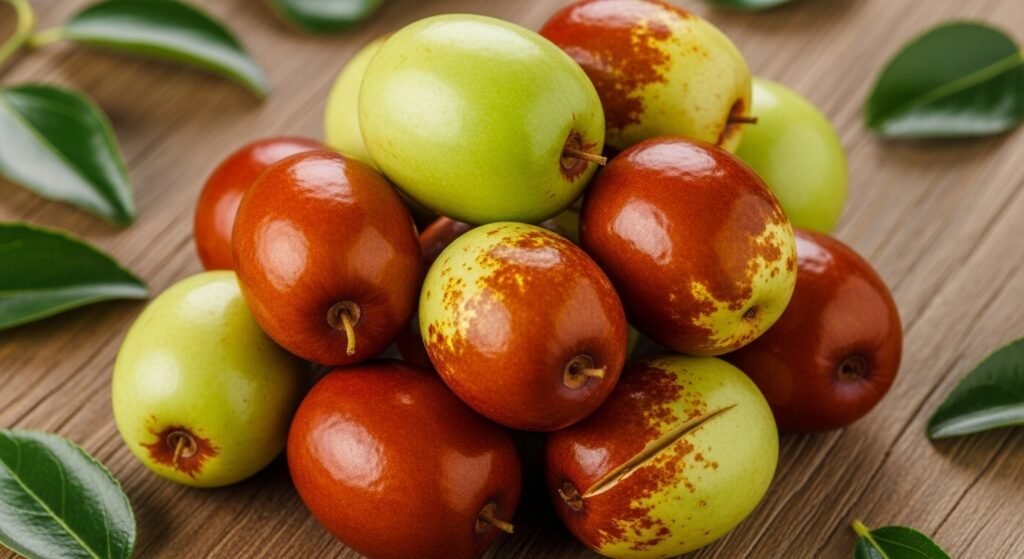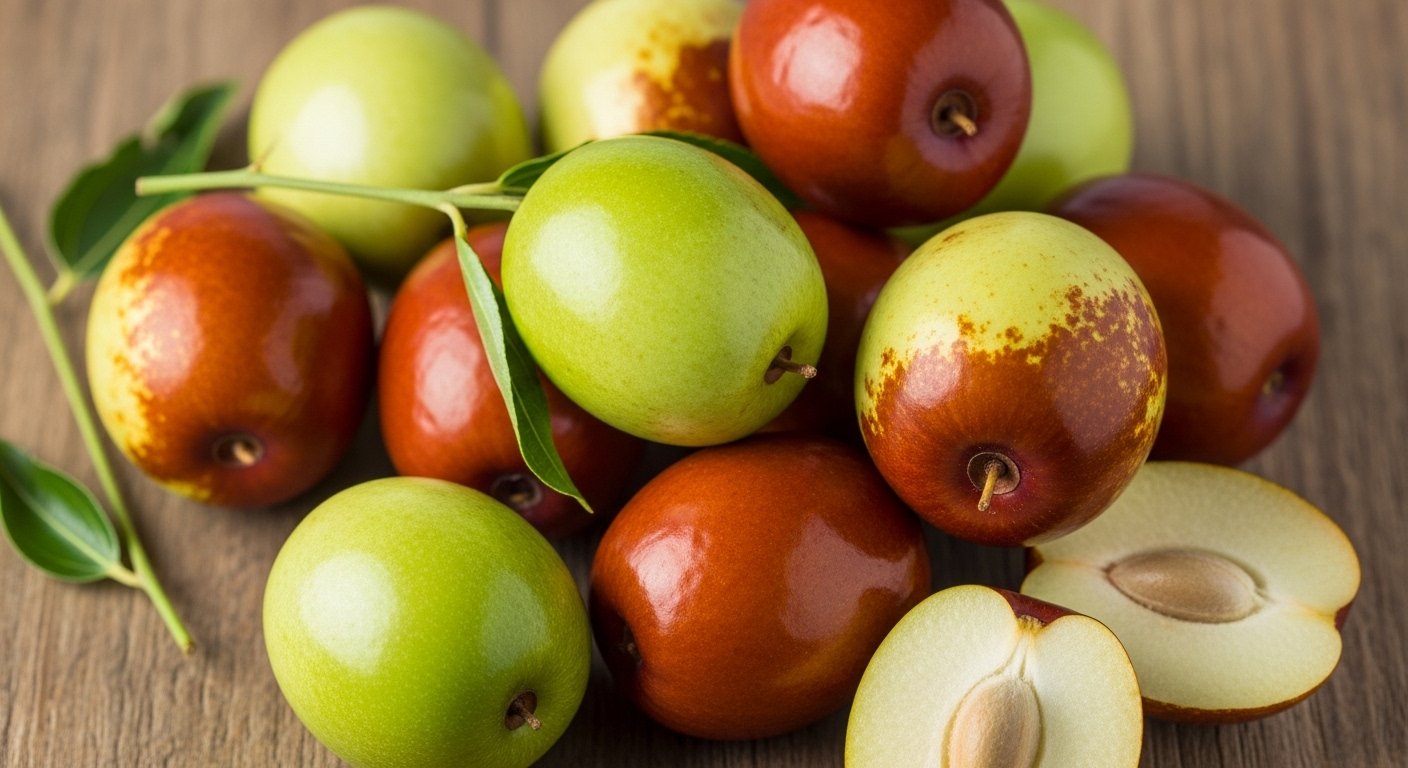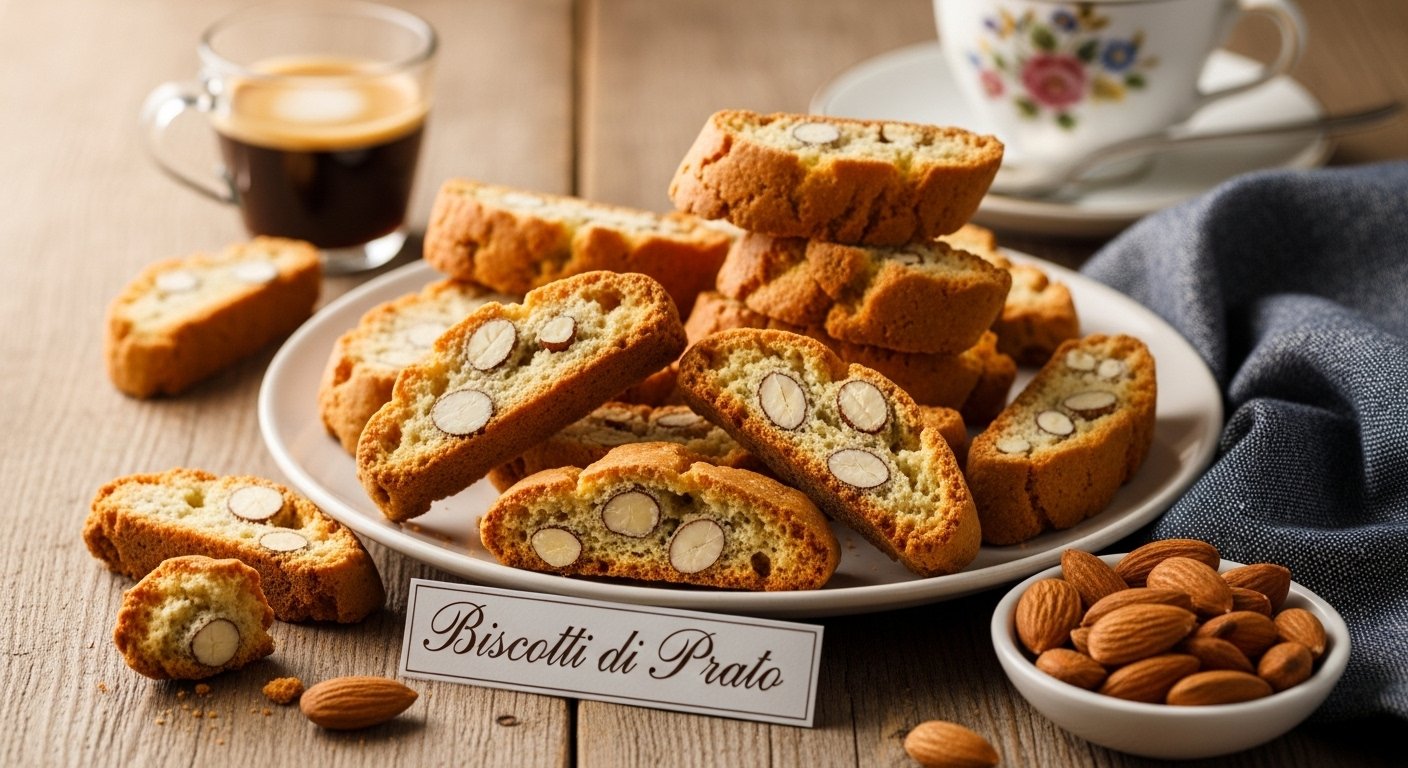Table of Contents
Introduction
Have you ever heard of žižole? If not, you’re not alone—but you’re in for a treat! Žižole are small, sweet fruits that grow on the jujube tree, and they’re a popular snack in many parts of the world. Some people call them jujubes or Chinese dates. In Croatia and parts of Eastern Europe, they go by the charming name žižole.
These bite-sized fruits look a bit like tiny apples when they’re fresh and turn reddish-brown as they ripen. But don’t let their size fool you—žižole pack a serious punch when it comes to taste, nutrition, and benefits.
In this guide, we’ll explore everything about žižole. You’ll learn where they grow, what they taste like, how to eat them, and all the reasons they deserve a spot in your kitchen (and your heart). Whether you’re a food lover, gardener, or just curious, žižole are going to surprise you—in the best way!
What Do Žižole Look and Taste Like?
Fresh žižole are small and round or oval, about the size of a large olive or small plum. When they’re not fully ripe, they are light green to yellow with smooth, thin skin—kind of like a tiny apple. As they ripen, they turn brown or reddish and wrinkle up, looking more like a date.
But how do žižole taste? They’re sweet and slightly tart when fresh, with a crisp texture like an apple. When dried, žižole become chewy and much sweeter—many people compare the flavor to that of dates, figs, or even honey.
No matter how you eat them, žižole are always tasty and easy to enjoy. One fruit contains a small pit inside—so make sure to spit that out before chewing!
Where Do Žižole Come From?
Žižole have a long history. They’ve been grown for more than 4,000 years! These amazing fruits come from the jujube tree, which is native to Asia—especially China. Over time, they spread around the world, including parts of the Mediterranean like Italy and Croatia, where they’re now grown in warm, sunny regions.
Today, žižole grow in many places with hot summers and mild winters. You’ll find them in countries across Europe, Africa, the Middle East, and the United States (especially in California and Arizona). The trees are strong, drought-resistant, and easy to grow—making them a favorite in home gardens.
In Dalmatian and Mediterranean markets, it’s common to see fresh žižole sold in autumn. That’s their harvesting season when the fruits are perfectly sweet, juicy, and ready to eat.
Are Žižole Healthy for You?
The answer is yes—žižole are full of health benefits! They might be small, but they’re packed with good things for your body. First, they are rich in vitamin C, which helps support your immune system. One handful of fresh žižole can give you a healthy vitamin C boost.
They also contain plenty of fiber, which helps with digestion, and antioxidants, which protect your body from damage and help fight illness. Žižole are low-calorie and naturally sweet, so they’re a smart snack option if you’re trying to avoid processed sugar.
People have even used žižole in traditional medicine to help with sleep, anxiety, and heart health. Whether eaten fresh or dried, žižole can be a delicious way to add some extra nutrients to your day.
How Do You Eat Žižole?
Eating žižole is super easy. When fresh, just wash them, crunch into the fruit like an apple, and remove the small seed. They’re a great snack on a sunny afternoon or a fun addition to a fruit plate.
You can also eat ćižole dried. Dried žižole are chewier, darker in color, and extra sweet. Some people eat them like candy, add them to trail mix, or use them in baking. You can also make tea with dried žižole by boiling them in water with some cinnamon or ginger.
In some cultures, žižole are made into syrups, jams, or even wine. With so many creative uses, there’s no wrong way to eat them!
Can You Grow Žižole at Home?
Yes, you can grow your own žižole tree! The tree that produces žižole is called a jujube tree (Ziziphus jujuba). It’s not too hard to grow, especially if you live somewhere warm and sunny.
These trees like full sun and soil that drains well. You can plant them directly in your yard or grow them in large pots. They don’t need too much water and can survive dry spells.
Most žižole trees bloom in late spring or summer and start producing fruit in early autumn. You may need to wait a year or two for fruit, but once they start, they can give you fresh žižole for years!
If you love gardening, growing your own žižole can be a fun and rewarding project.
Žižole in Different Cultures

Across the globe, žižole have different names and uses. In China, they are known as jujubes and are often included in soups, teas, and traditional sweets. Some Chinese medicine practices use dried žižole for calming the nerves, improving sleep, and boosting energy.
In the Middle East, they’re eaten fresh or dried and served with coffee or tea. In Croatia and other Mediterranean regions, fresh žižole are enjoyed as a seasonal treat—usually picked in September or October.
No matter where you go, žižole are loved for their sweet flavor, health benefits, and cultural charm.
Why Žižole Are a Great Snack for Kids
Looking for a healthier snack for your children? Žižole are a great option. They’re naturally sweet, full of fiber, and contain vitamins like C and B. Unlike processed snacks, žižole won’t give kids a “sugar crash,” and they’re fun to eat.
Fresh žižole have a crunch that many kids enjoy. You can pack them in lunchboxes or slice them up and mix with yogurt or cereal. Dried žižole can be tucked into trail mix, baked into cookies, or eaten like chewy fruit candy.
Since they contain just one seed, they’re simple and safe to snack on with just a little care. Plus, they help teach kids about trying new fruits—and can be a great food for picky eaters too.
Žižole Recipes You Can Try at Home
You might be surprised by how many recipes can include žižole. Here are a few exciting ideas:
1. Žižole Trail Mix
Mix dried žižole with almonds, sunflower seeds, and dark chocolate pieces. It’s a fun twist on a classic snack.
2. Žižole Tea
Boil a handful of dried žižole with cinnamon sticks and fresh ginger. Let it steep and enjoy a calming, fruity tea.
3. Baked Žižole Slices
Cut fresh žižole in half, remove the seeds, sprinkle with cinnamon and honey, and bake for 15 minutes.
4. Žižole Jam
Boil fresh or dried žižole with water, sugar, and lemon juice. Blend and store in jars for a unique homemade spread.
There’s no right or wrong way to add žižole to your recipes—just taste and enjoy!
When Are Žižole in Season?
If you’re looking to try fresh žižole, your best chance is during the fall. In places like the Balkans or the Mediterranean, žižole season usually starts in September and lasts until early November.
During this time, the fruit is ripe, full of sweetness, and often sold in open-air markets. In Croatia, you might see them displayed in bunches at roadside stands or local festivals. Although they’re best fresh, you can also dry them or make syrup to enjoy year-round.
So if you’re planning to taste them for the first time, watch the calendar—and enjoy them while they last!
Žižole vs. Dates: What’s the Difference?
Some people wonder if žižole are the same as dates because of their similar look when dried. But they’re actually two different fruits.
Dates grow on date palms and are naturally sticky and very sweet. Žižole, on the other hand, grow on jujube trees and have a firmer texture. Fresh žižole are crisp like apples, while dates are soft even when fresh.
Also, žižole contain more vitamin C compared to dates. If you’re looking for a fruit that offers sweetness with a refreshing twist, žižole are a great choice.
Are There Different Varieties of Žižole?
Yes, there are many different types of žižole or jujubes grown around the world. Some are round and small, while others are larger and longer. Varieties differ in sweetness, texture, and ripening time.
In some regions, the fruit stays light green even when ripe. In others, the fruit turns deep red and wrinkly. All types are edible, and each offers a slightly different taste experience.
Trying different varieties is part of the fun—especially if you’re traveling or visiting local farmers’ markets.
Storing Žižole at Home
Once you have your fresh žižole, how should you store them? In most cases, fresh žižole should be kept in the fridge. They can stay good for about a week. Just lightly rinse before eating.
Dried žižole should be stored in a cool, dry place like a pantry. Keep them in an airtight bag or jar to keep them chewy and sweet. If you want to keep them for longer, freezing is also an option—but use a sealed freezer-safe bag.
Proper storage keeps your žižole tasting great for snacks, teas, or recipes anytime.
FAQs
1. What are žižole?
Žižole are small, sweet fruits from jujube trees, also called Chinese dates. They are eaten fresh or dried.
2. Are žižole healthy?
Yes! Žižole contain vitamin C, fiber, and antioxidants that are great for your immune system and digestion.
3. Can I grow žižole in my backyard?
Absolutely! A jujube tree isn’t hard to grow if you live somewhere sunny and warm.
4. What do žižole taste like?
Fresh žižole are crisp like apples and slightly tangy. Dried ones taste similar to dates or honey.
5. When is the best time to eat žižole?
They are in season during autumn, especially in countries like Croatia from September to November.
6. Are žižole the same as dates?
No! They may look similar when dried, but žižole and dates come from different trees and have different tastes and textures.
Conclusion
Now that you’ve learned all about žižole, it’s easy to see why more and more people are falling in love with this little fruit. From its sweet, crisp flavors to its rich cultural history and amazing health benefits, žižole are a hidden gem in the fruit world.
Whether you’re snacking on them fresh, adding them to recipes, or just curious about trying new foods, žižole are a fun and tasty choice. They’re healthy, easy to enjoy, and full of good vibes.
So next time you see them at a market—or if you spot a jujube tree nearby—grab a few žižole and taste the joy for yourself.




